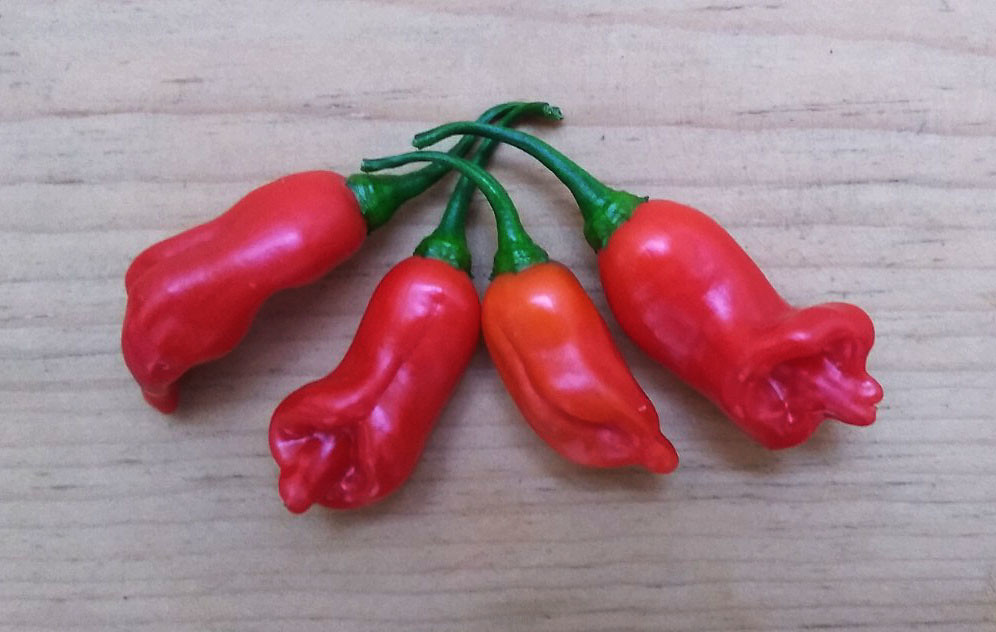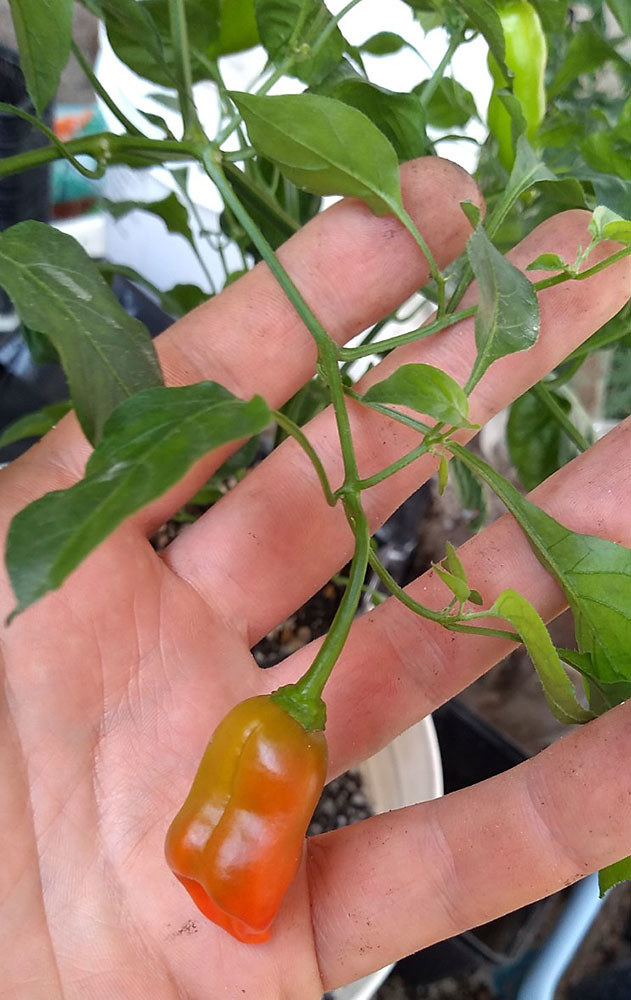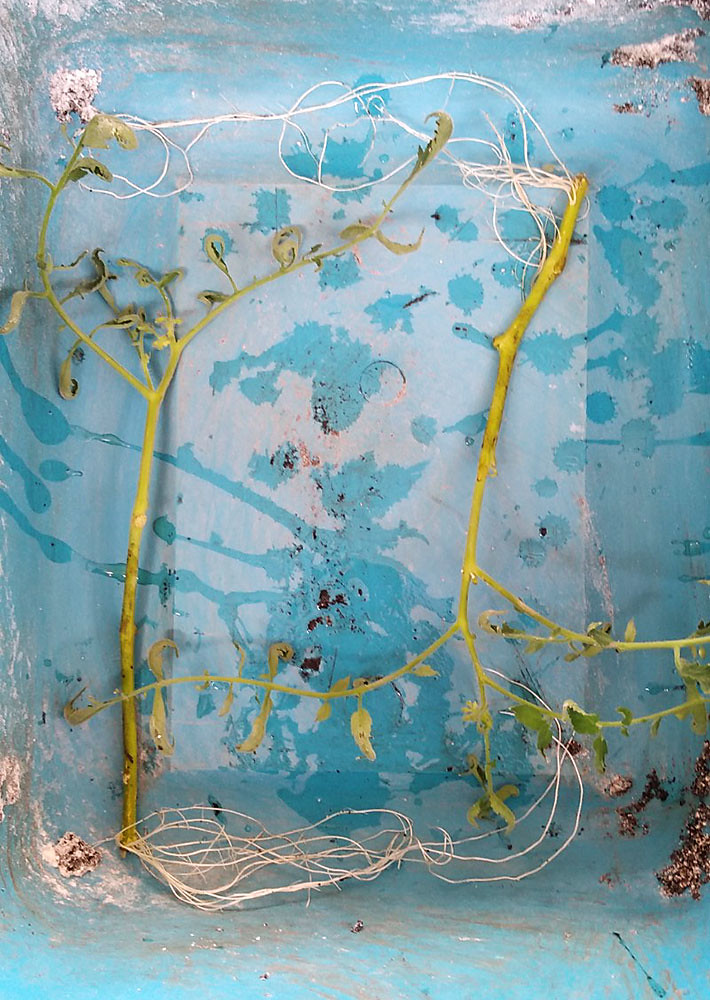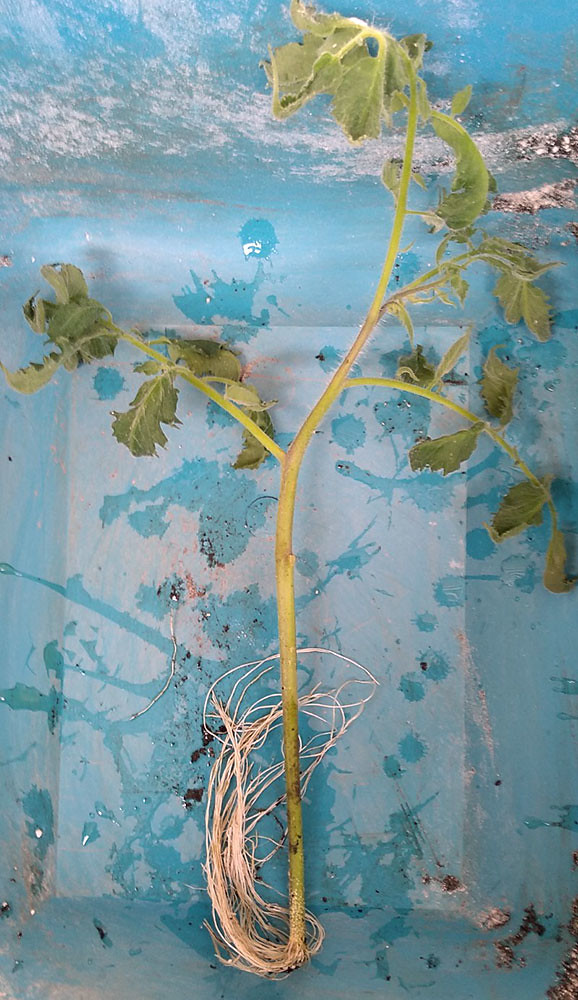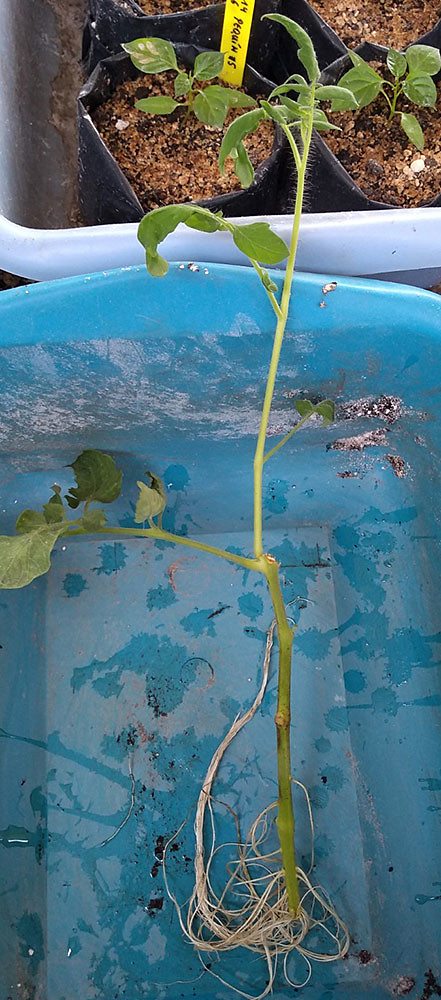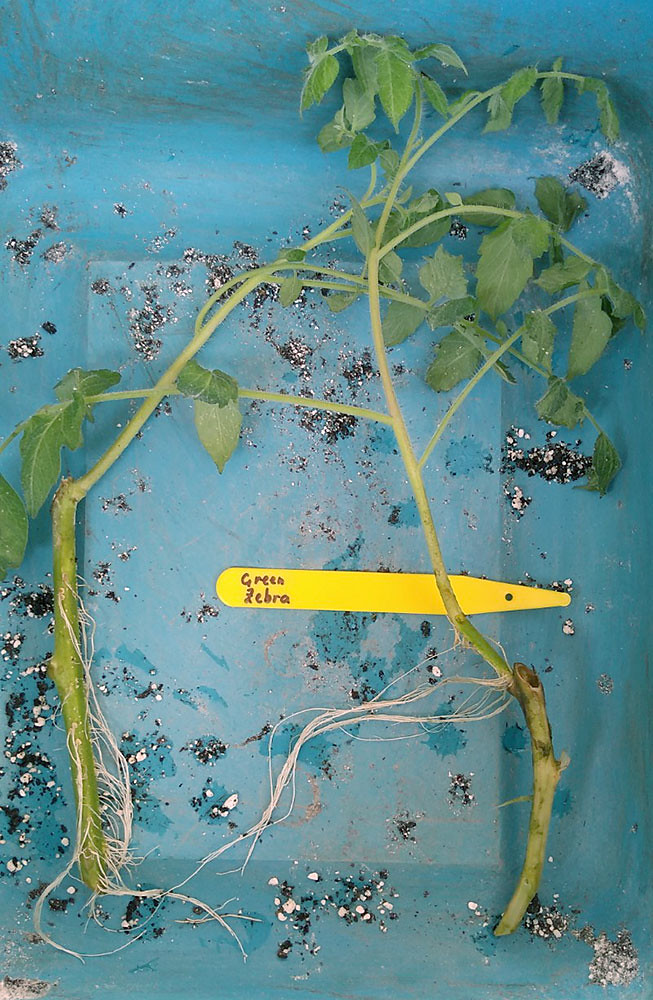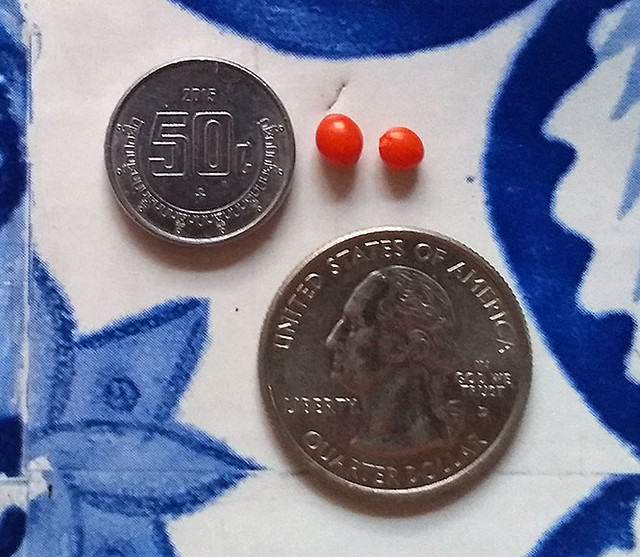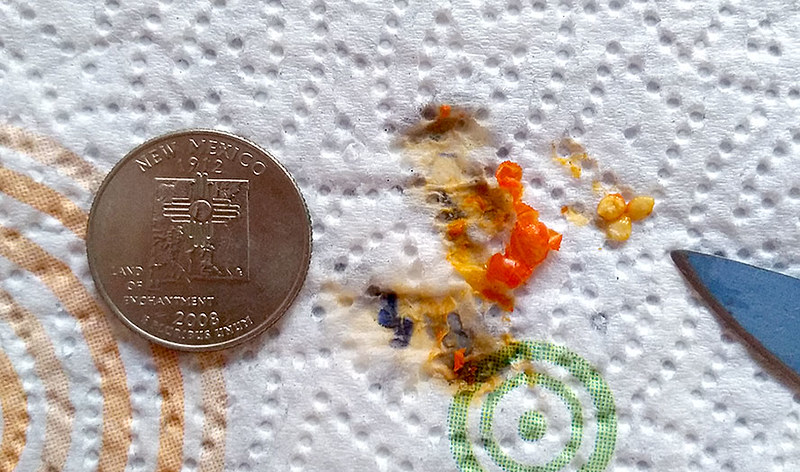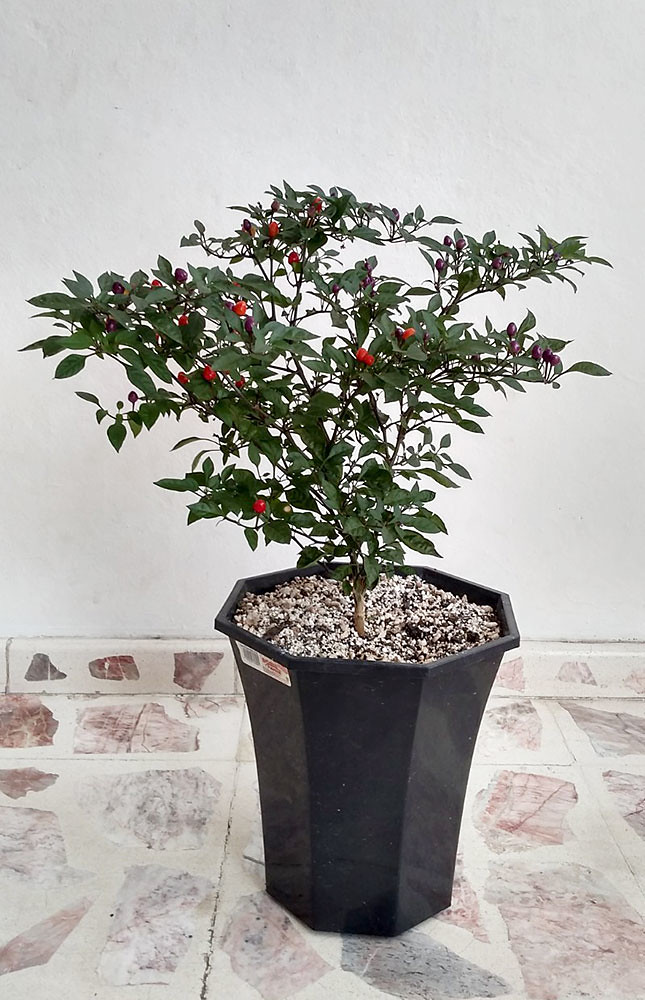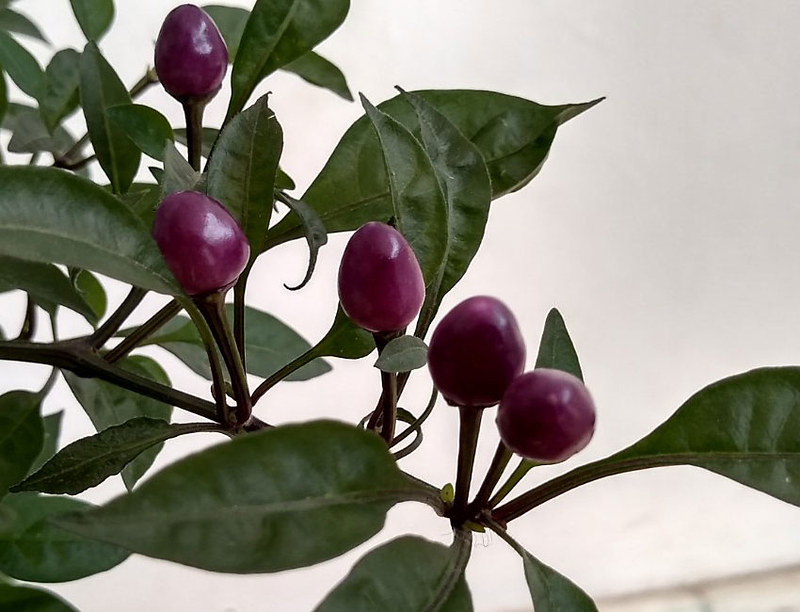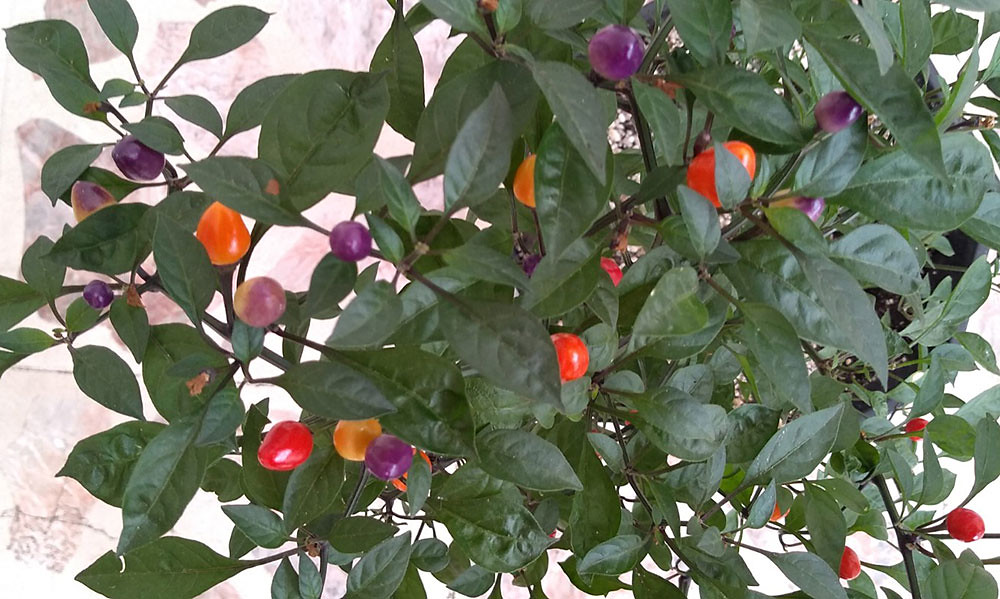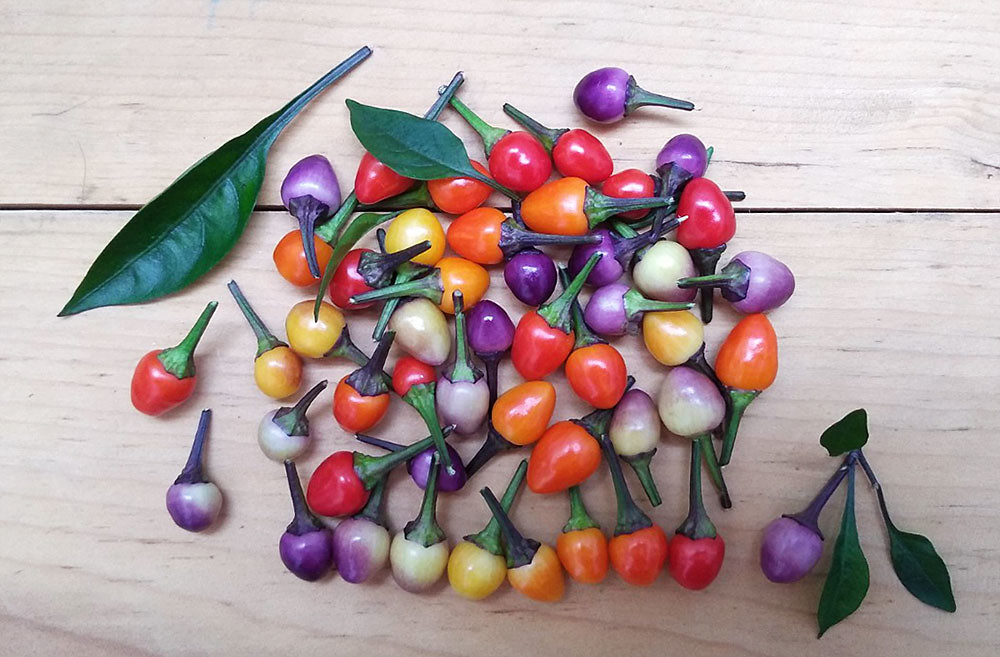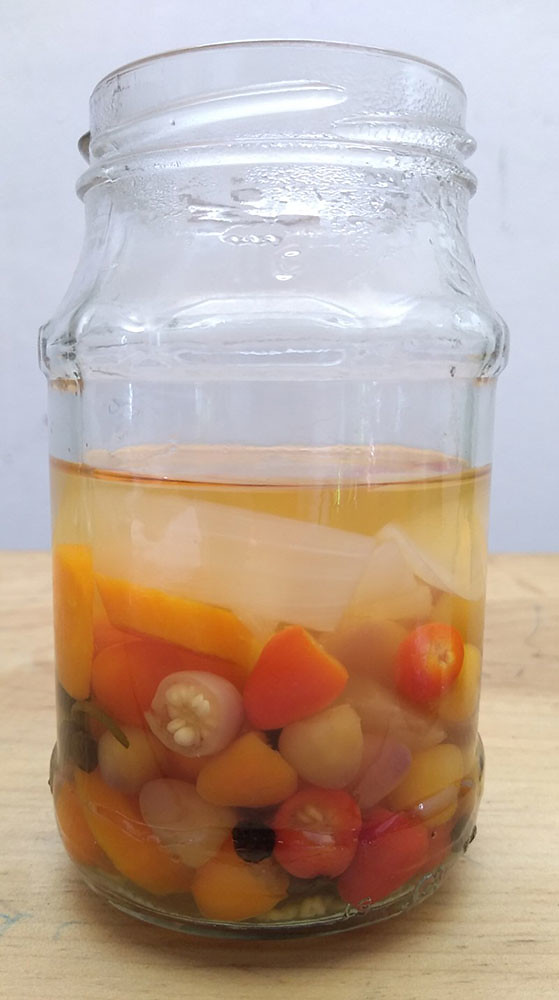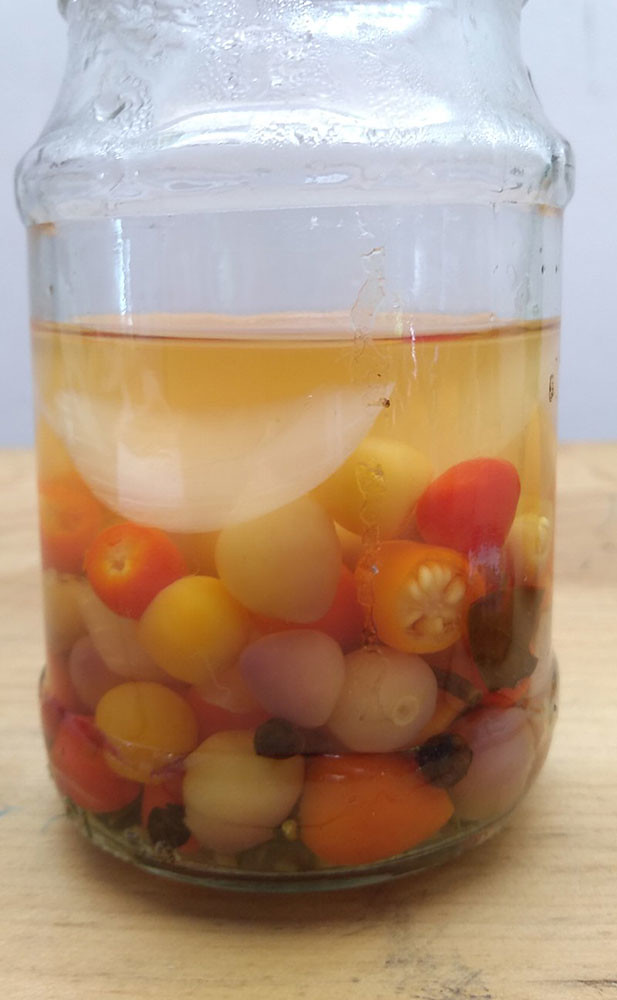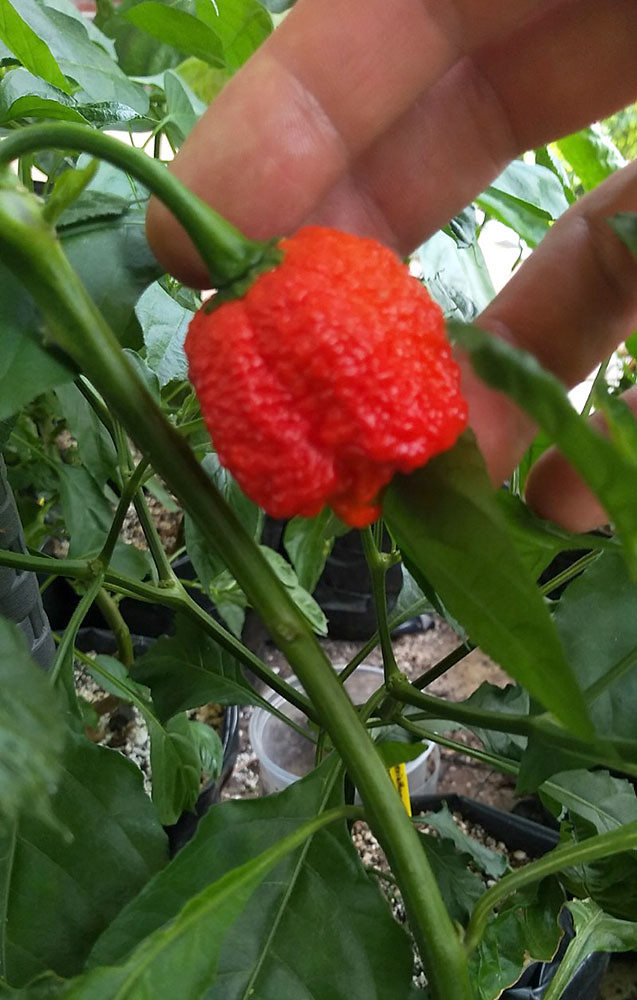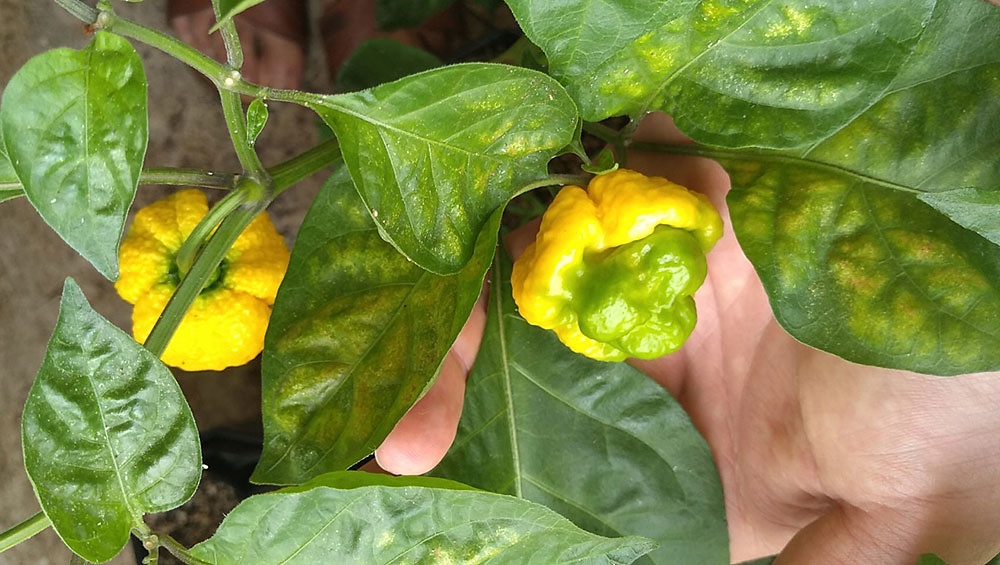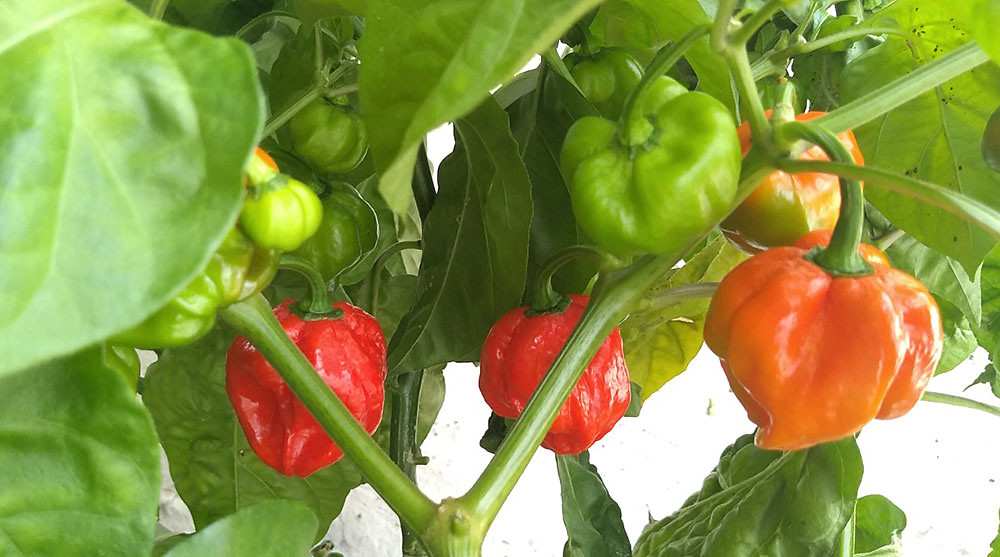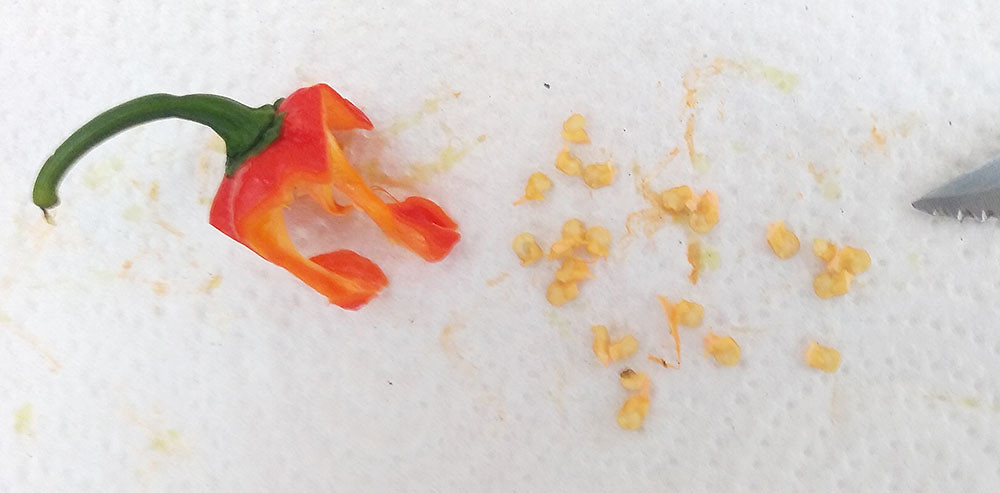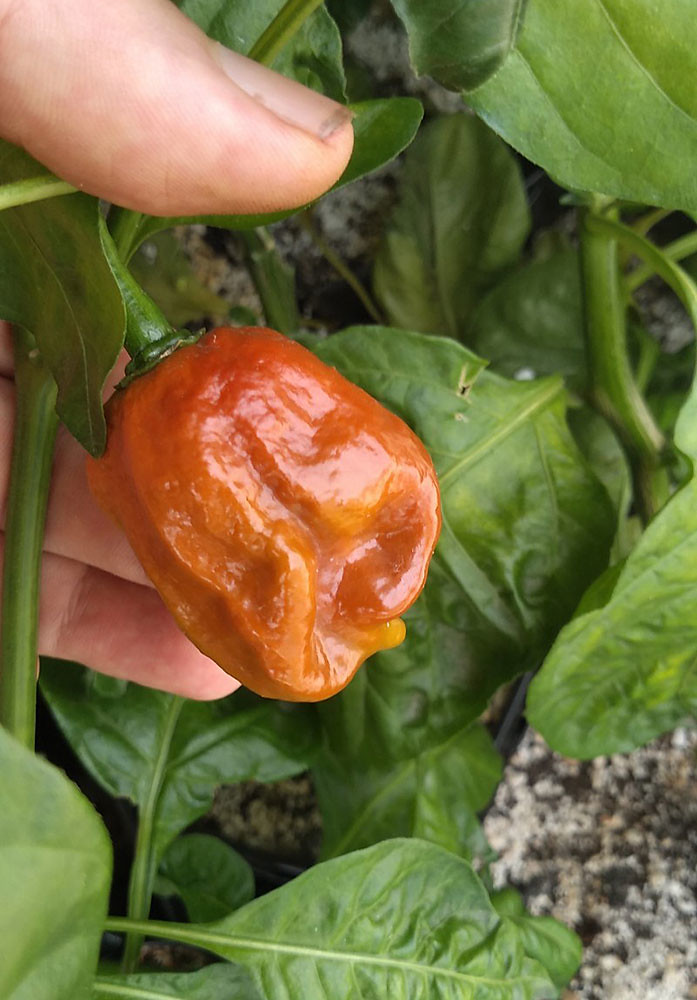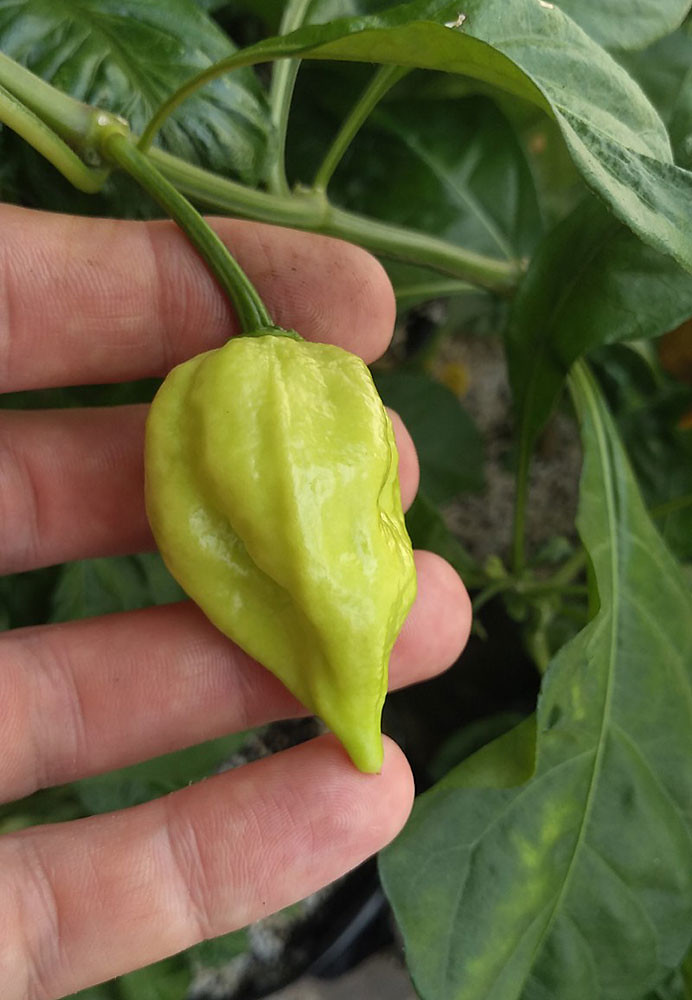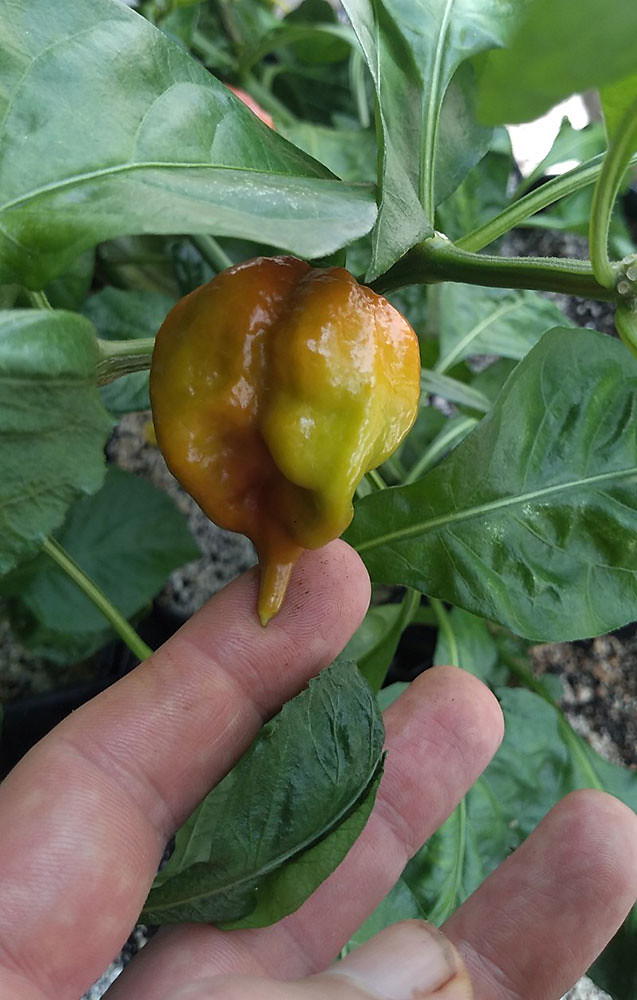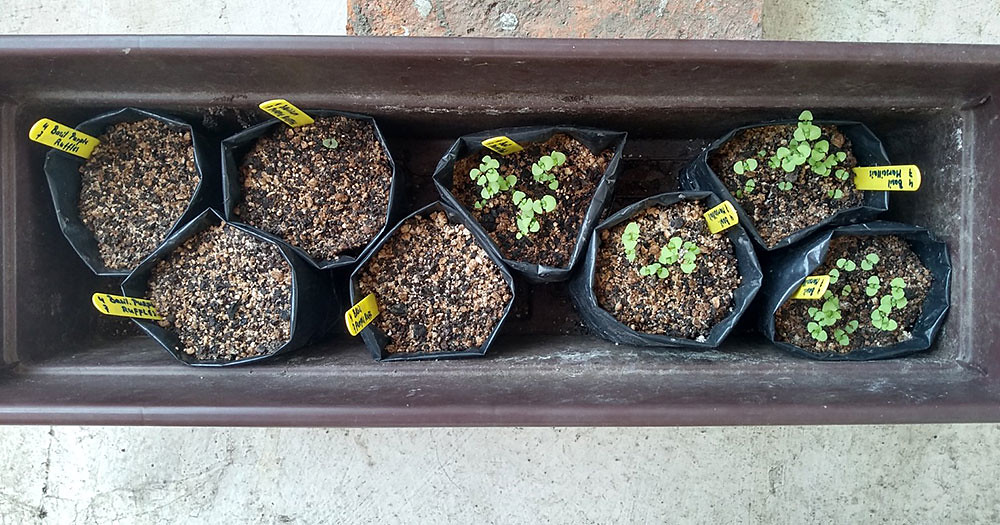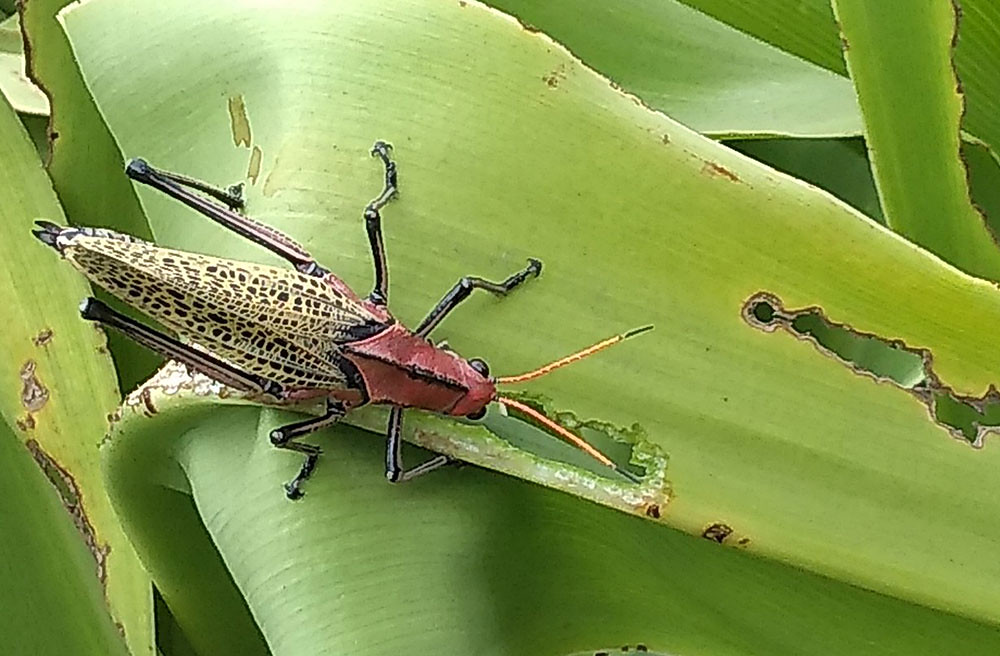I have an urban "garden" on the roof of a house in tropical Chiapas, Mexico. It's the first year that I'm growing plants - mostly Capsicum - in this location. I lived in a temperate region of Europe before, and the adaptation to different growing conditions is not without setbacks. Another issue is that not all material that I would like to use is commonly available here, so at times I have to be more creative than I actually want to be. That being said, it is also unbelievable (for me, at least) to see how some plants manage to grow in this climate even in adverse conditions (despite my bad treatment, that is).
I have obtained seeds from various sources (abbreviations in parentheses will be used in this glog): White Hot Peppers (WHP), Towns-End (town), Jayrseyshore Peppers [FB] (jay), Vertiloom (vtl), Badskin (bad), Juan GA [FB] (jga), Semillas La Palma (SLP), Baker Creek Heirloom Seeds (rareseeds).
I arrived at this house in january and started my first sowings in february. This glog, however, begins in early June and I will just treat this as "the beginning".
I re-sowed a few cultivars end May since most or all of my plants of that specific cultivar had perished... My 3 plants of Jay's Peach Ghost Scorpion seem to have succumbed to a virus infection, which might have been seed-born. I will soon find out... My Brazilian Mango and Aji Mango Long plants looked depressing, so I sowed the backup seeds. Serrano... I had forgotten to sow them Trinidad Beans Chocolate, because two out of three plants seem to be reluctant to grow and enter adulthood... Takanotsume is old seed I purchased on ebay, and I'm surprised that anything gets up. Pimenta Moranga and Monster Gum Multicolor (jga) are two cultivars that I was going to sow on March 20, but I somehow lost the seeds... but they recently resurfaced
Trinidad Beans Chocolate, because two out of three plants seem to be reluctant to grow and enter adulthood... Takanotsume is old seed I purchased on ebay, and I'm surprised that anything gets up. Pimenta Moranga and Monster Gum Multicolor (jga) are two cultivars that I was going to sow on March 20, but I somehow lost the seeds... but they recently resurfaced  Germination is still OK, even though the seeds were "stored" outside
Germination is still OK, even though the seeds were "stored" outside 
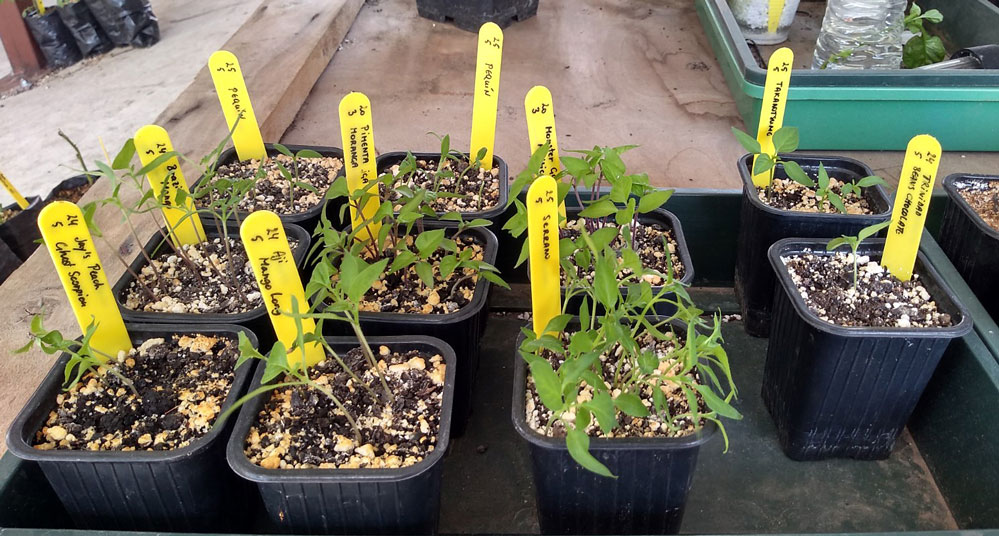
I sourced some pequin/chiltepin from the local market, one fruit per tray:
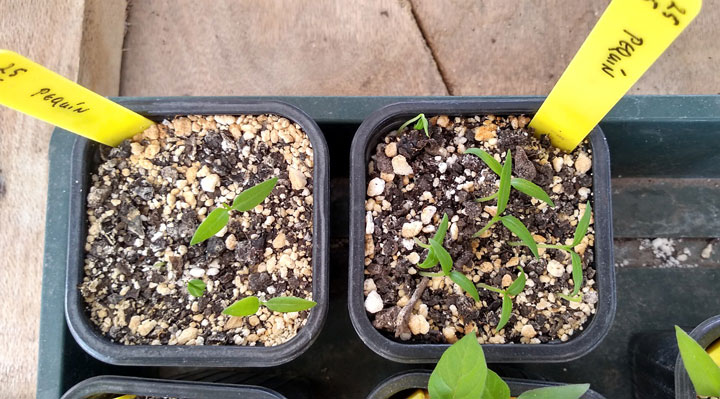
A box of failures... The seed is already old though and has not been properly stored. Cumari Pollux (SLP) is an exception though, and I will await its germination to officially declare the rest as "lost".
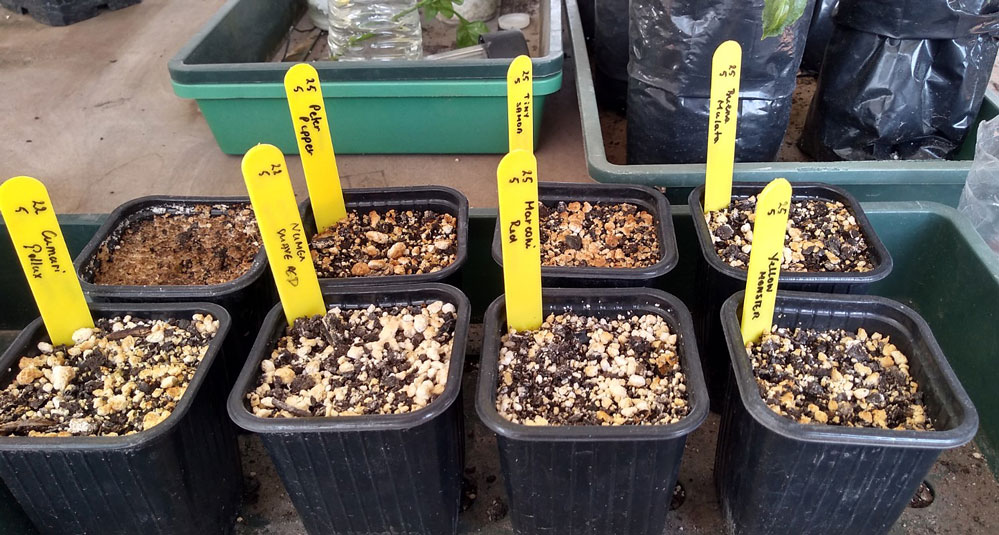
Sowed today: Capsicum galapagoense Long (SLP).
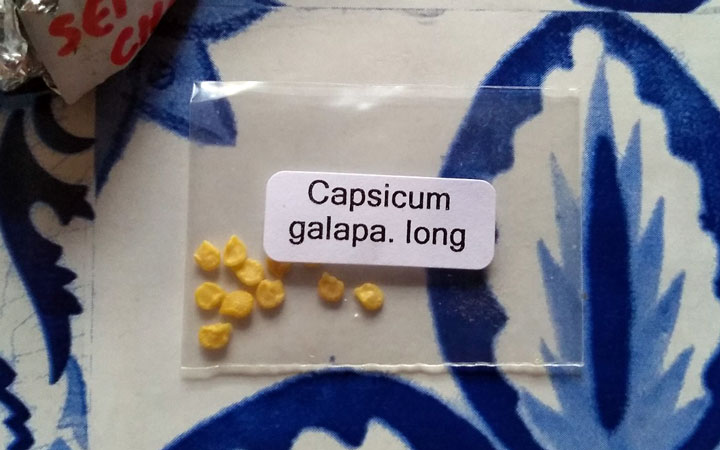
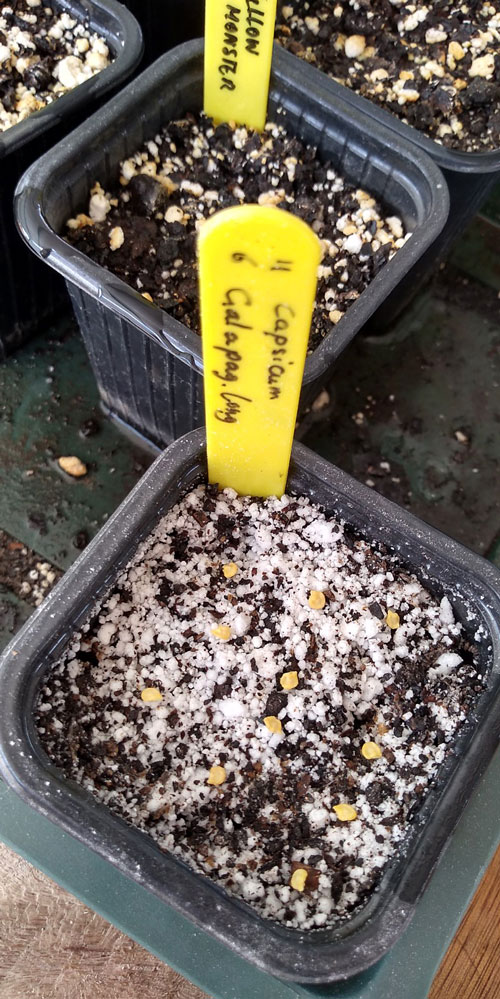
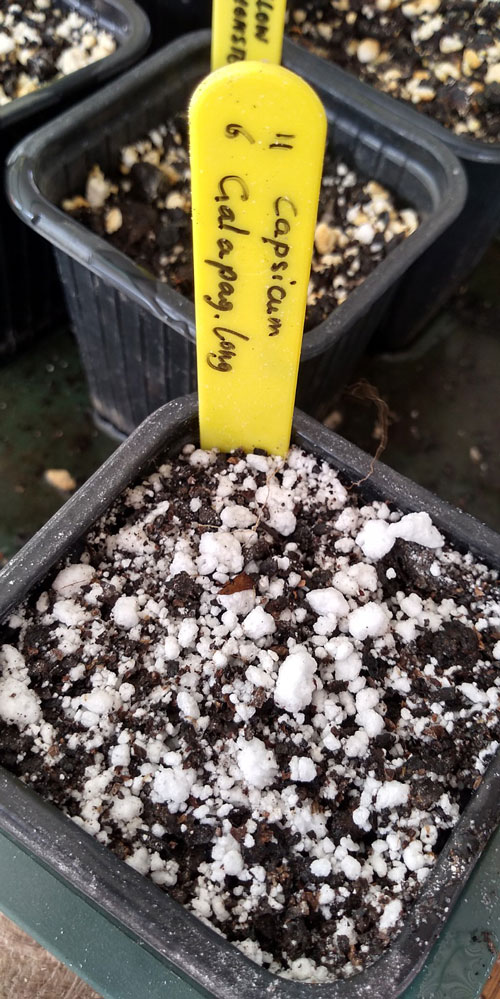
I had some fun with tomato suckers as well... I put two suckers in water to make them grow roots (cultivar Madagascar) and gave them a baggie of dirt today and placed them with the rest.

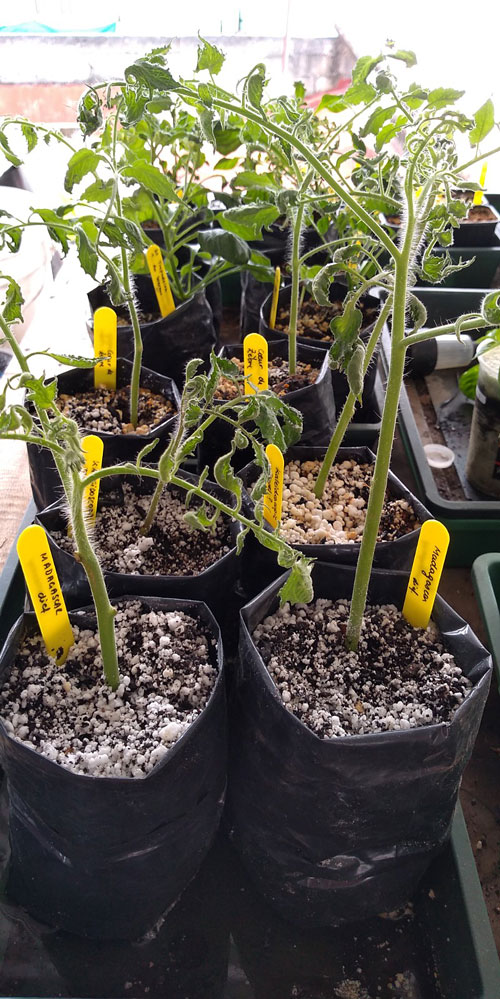
I removed some more suckers and put them in water. Hopefully they will make it to tomato plant Three are Midnight Tiger and another Madagascar. The three shoots in perlite below are Aji Tapachula.
Three are Midnight Tiger and another Madagascar. The three shoots in perlite below are Aji Tapachula.

I have obtained seeds from various sources (abbreviations in parentheses will be used in this glog): White Hot Peppers (WHP), Towns-End (town), Jayrseyshore Peppers [FB] (jay), Vertiloom (vtl), Badskin (bad), Juan GA [FB] (jga), Semillas La Palma (SLP), Baker Creek Heirloom Seeds (rareseeds).
I arrived at this house in january and started my first sowings in february. This glog, however, begins in early June and I will just treat this as "the beginning".
I re-sowed a few cultivars end May since most or all of my plants of that specific cultivar had perished... My 3 plants of Jay's Peach Ghost Scorpion seem to have succumbed to a virus infection, which might have been seed-born. I will soon find out... My Brazilian Mango and Aji Mango Long plants looked depressing, so I sowed the backup seeds. Serrano... I had forgotten to sow them

I sourced some pequin/chiltepin from the local market, one fruit per tray:

A box of failures... The seed is already old though and has not been properly stored. Cumari Pollux (SLP) is an exception though, and I will await its germination to officially declare the rest as "lost".

Sowed today: Capsicum galapagoense Long (SLP).



I had some fun with tomato suckers as well... I put two suckers in water to make them grow roots (cultivar Madagascar) and gave them a baggie of dirt today and placed them with the rest.


I removed some more suckers and put them in water. Hopefully they will make it to tomato plant


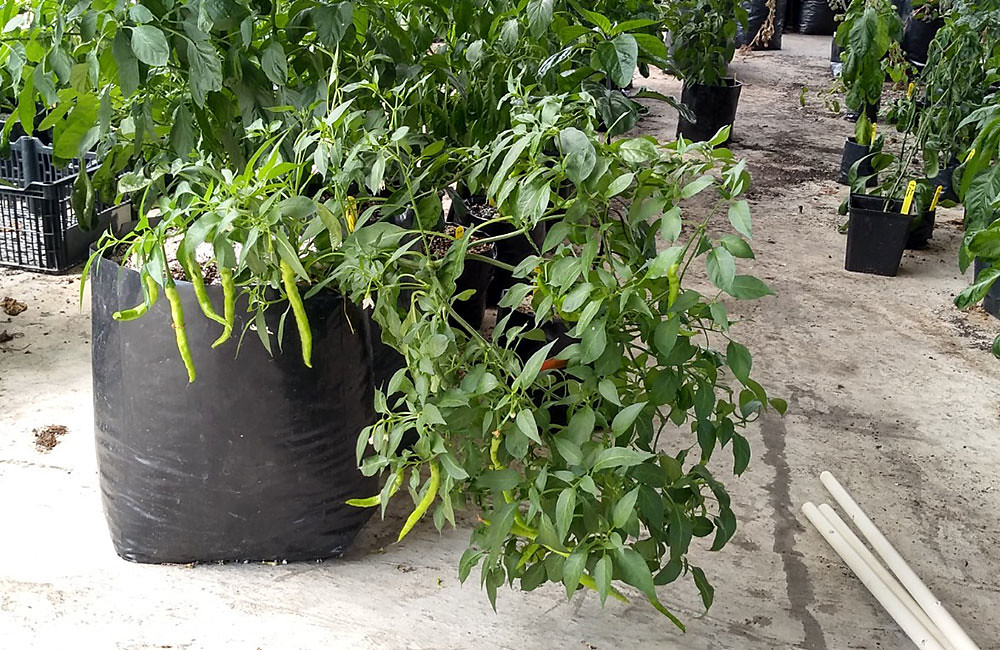
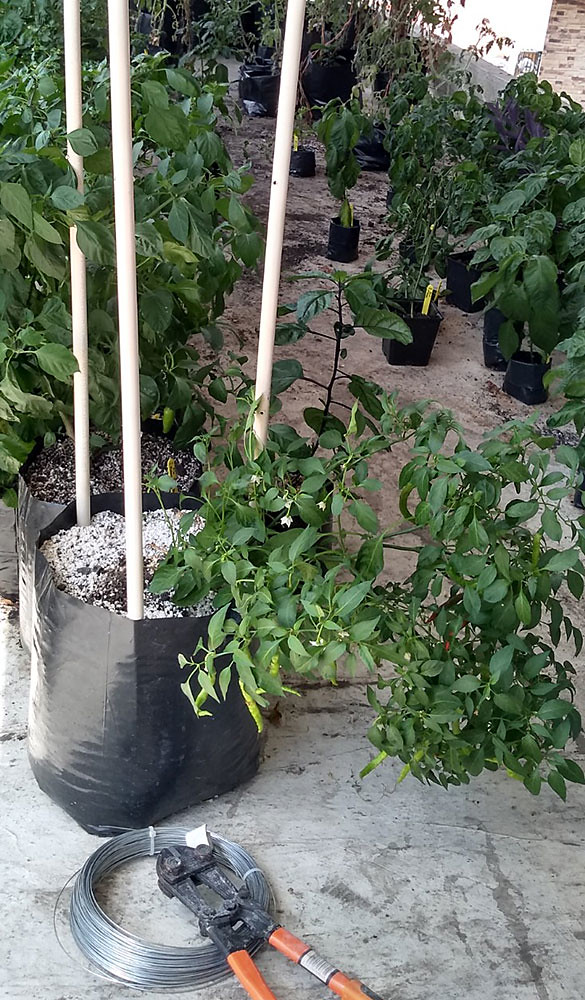
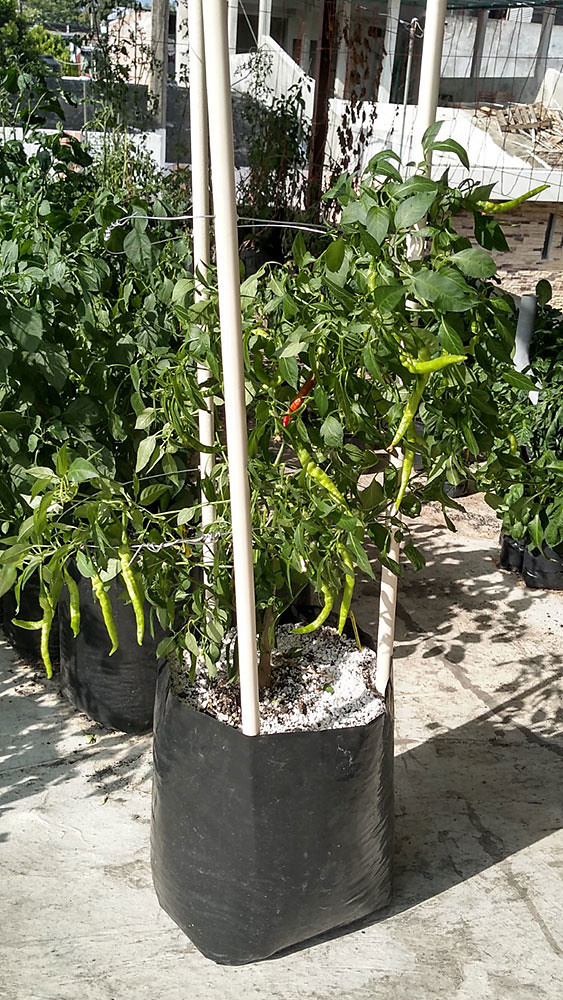
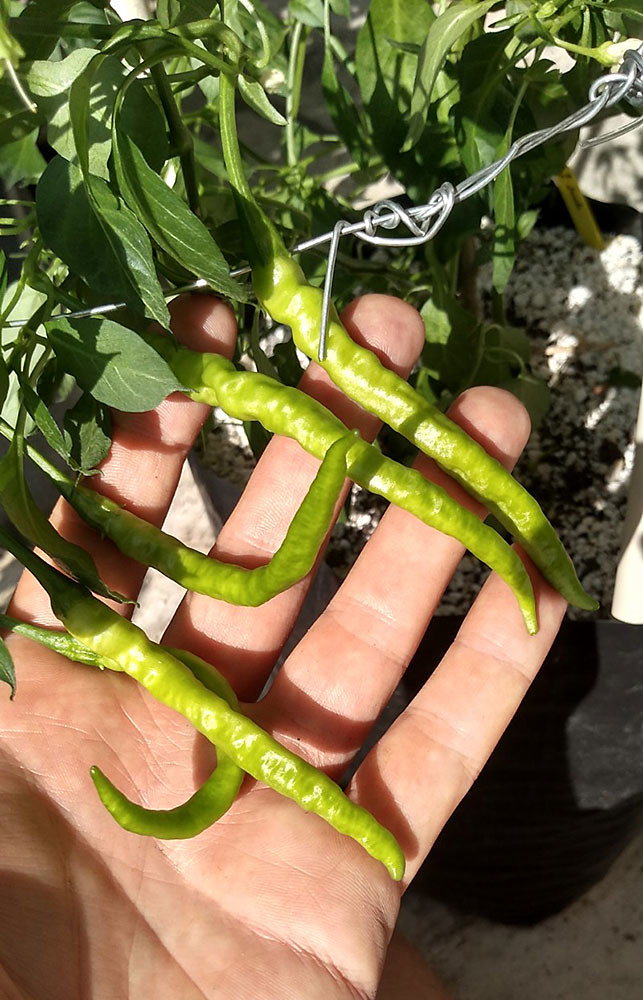
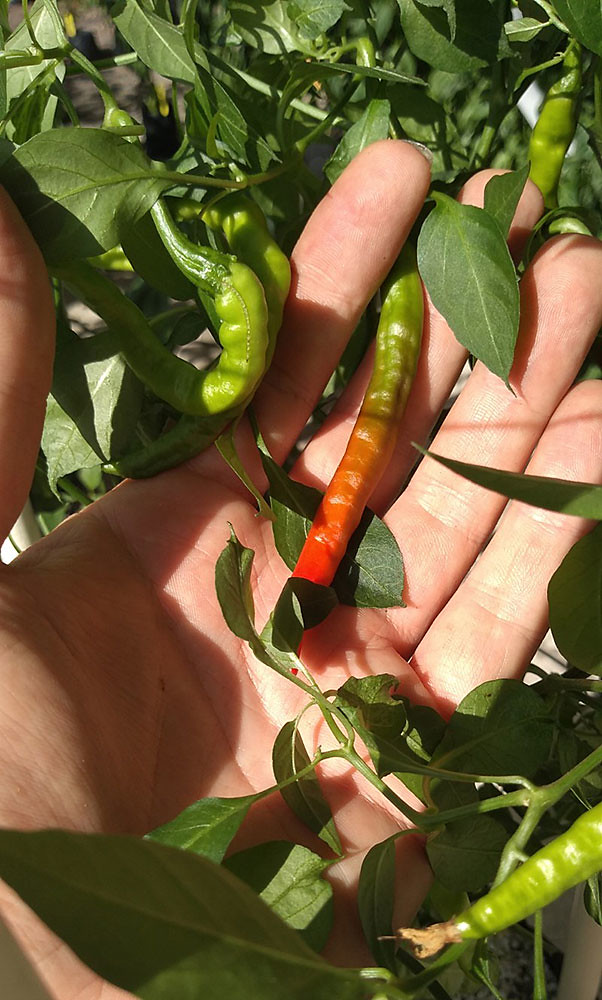
 I was actually hoping for a bit more than "some seeds for next year". Hopefully I will have a surplus to trade and sell (nationally).
I was actually hoping for a bit more than "some seeds for next year". Hopefully I will have a surplus to trade and sell (nationally).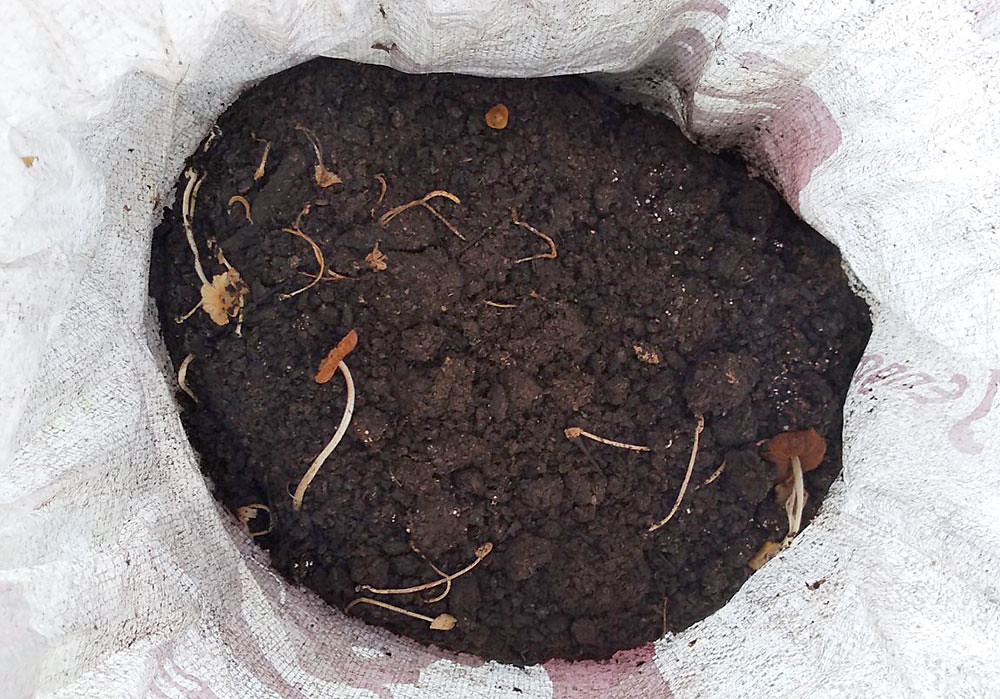
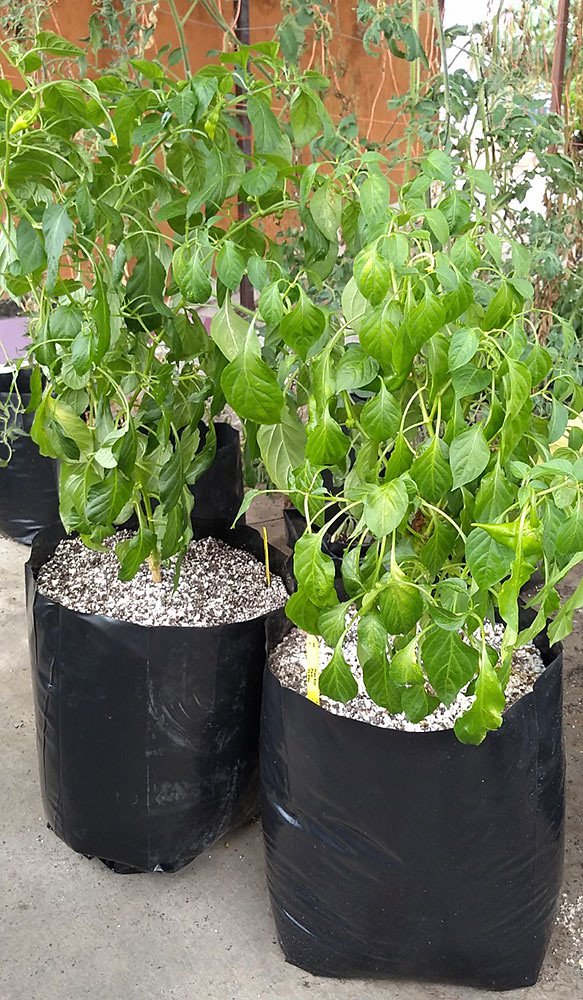
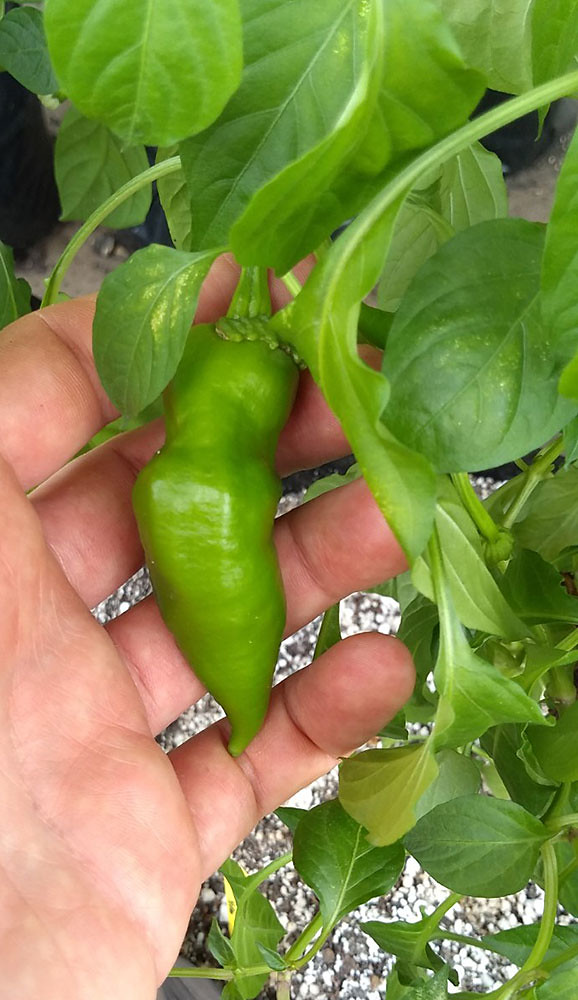
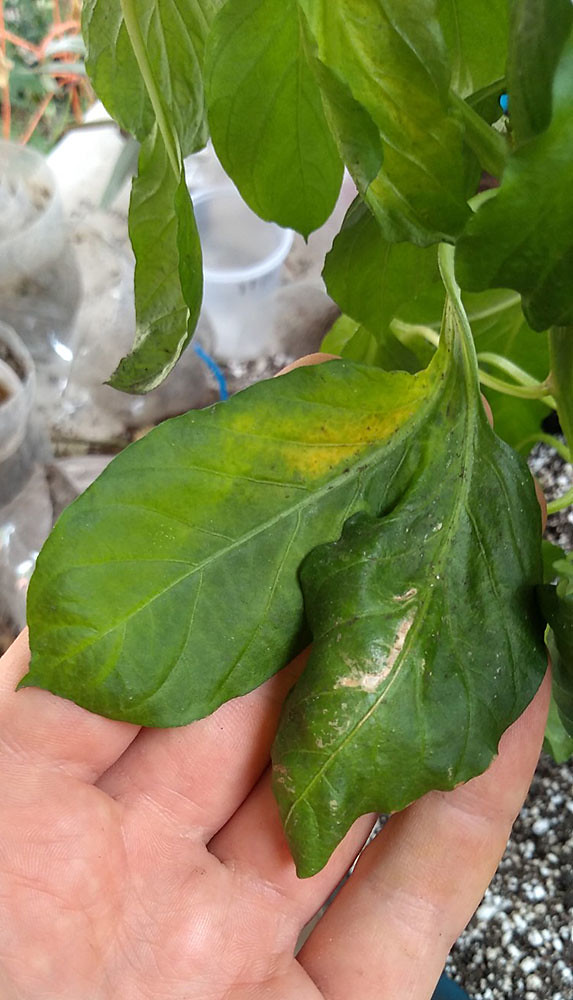
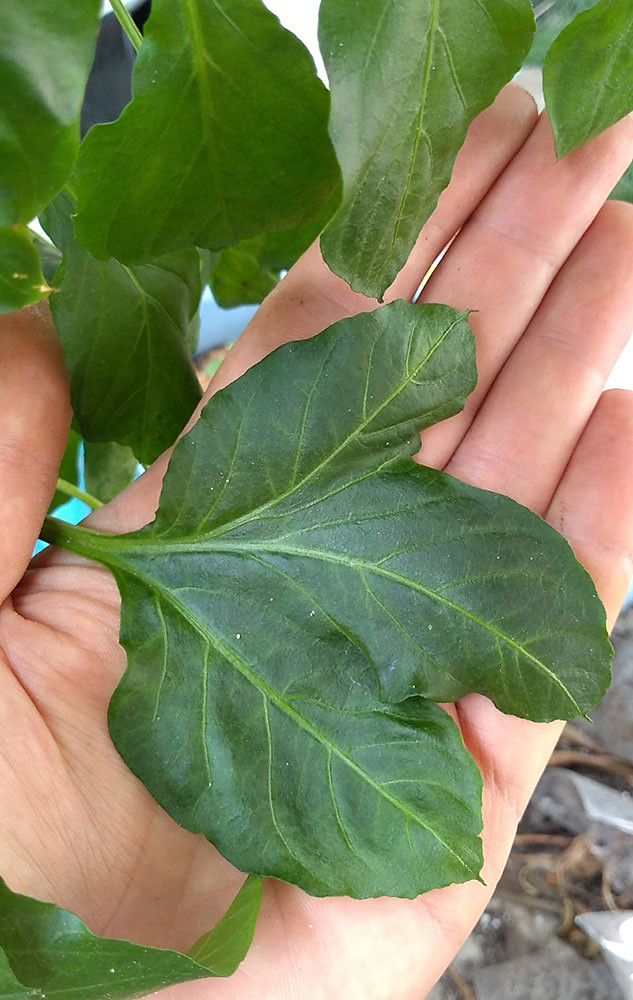
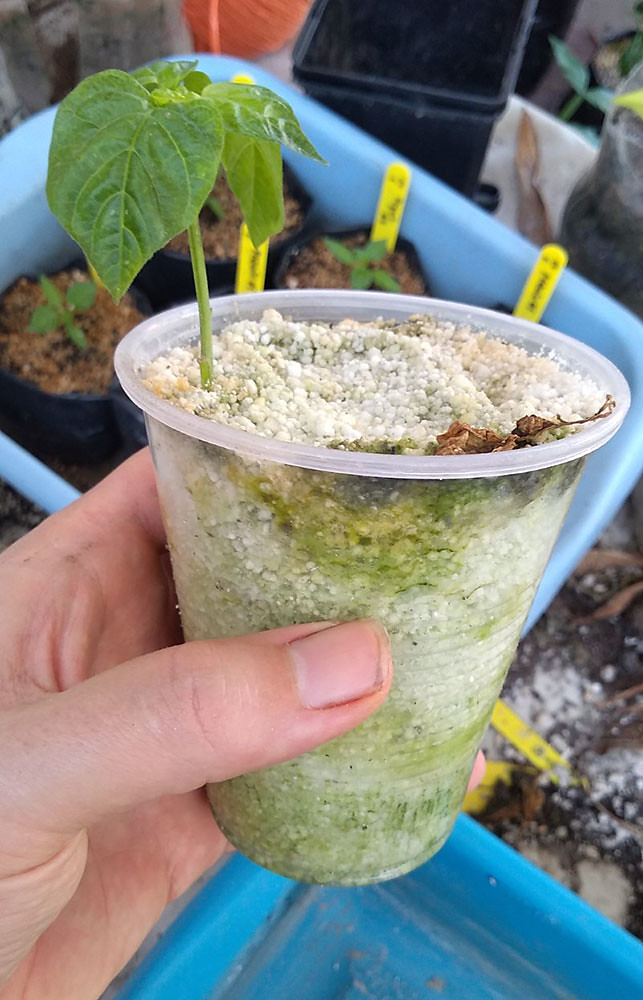
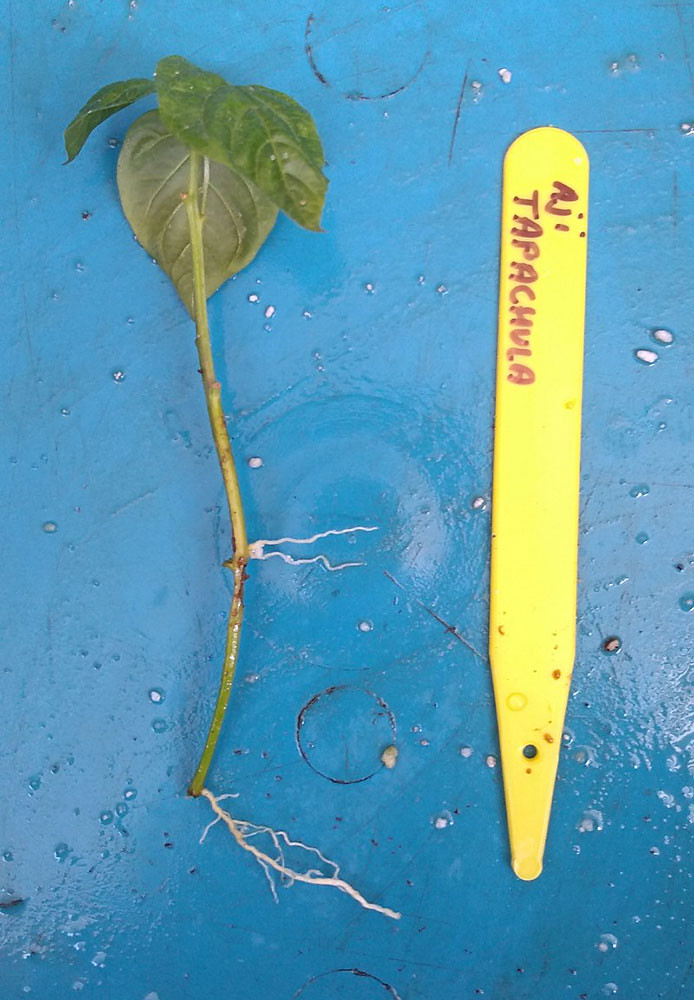
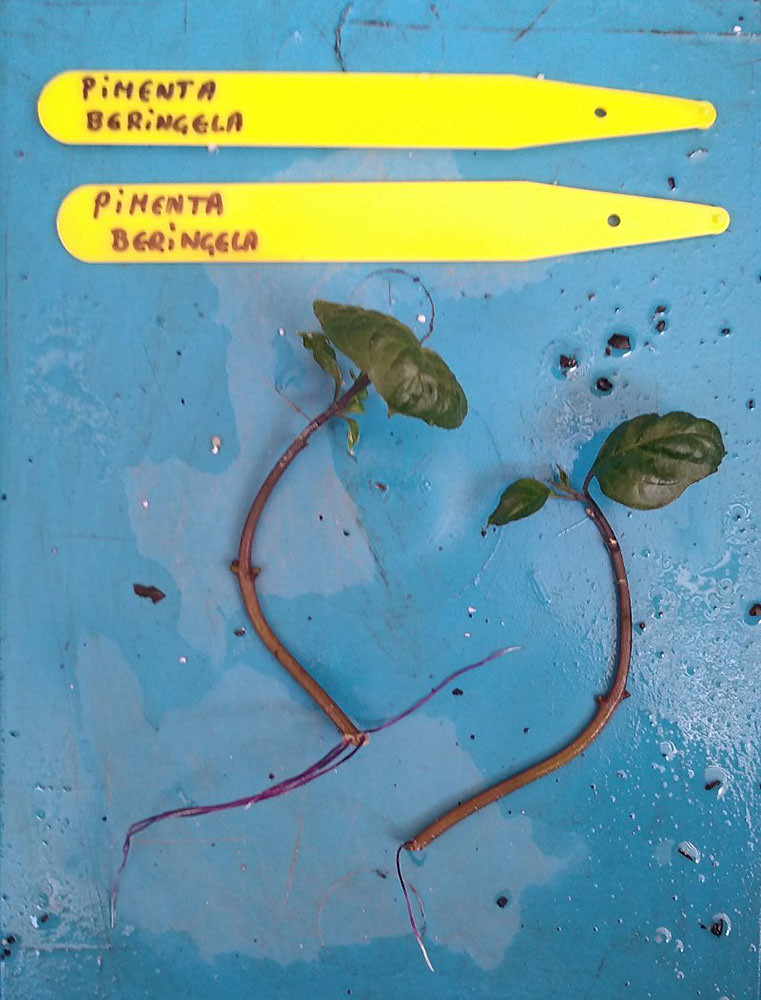
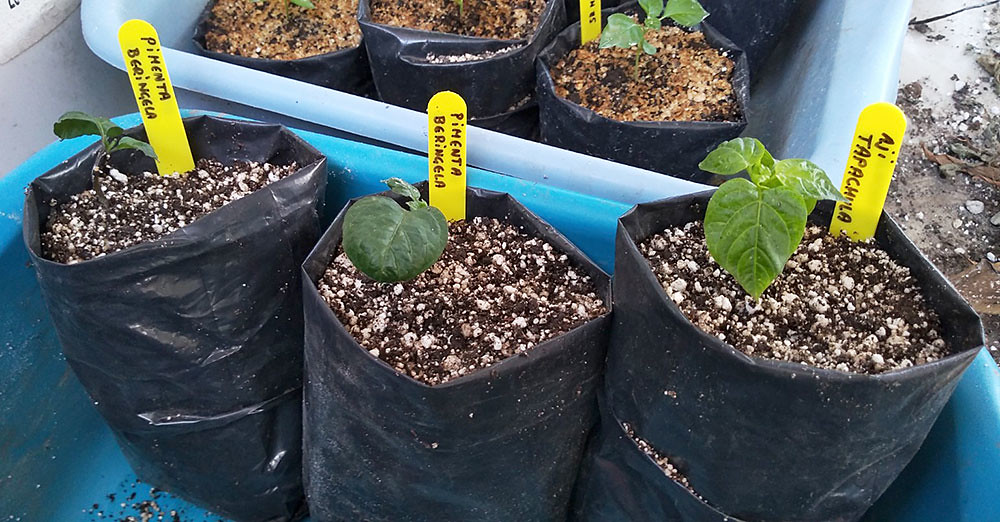
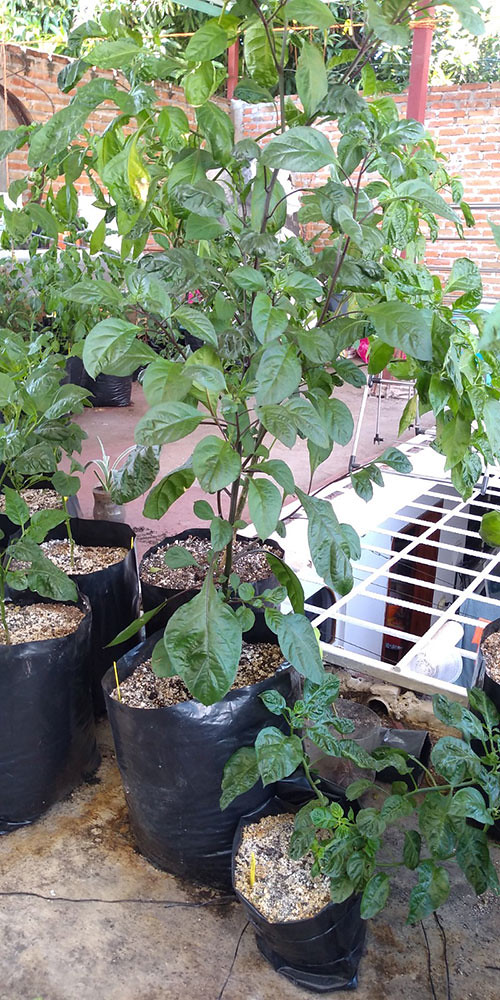
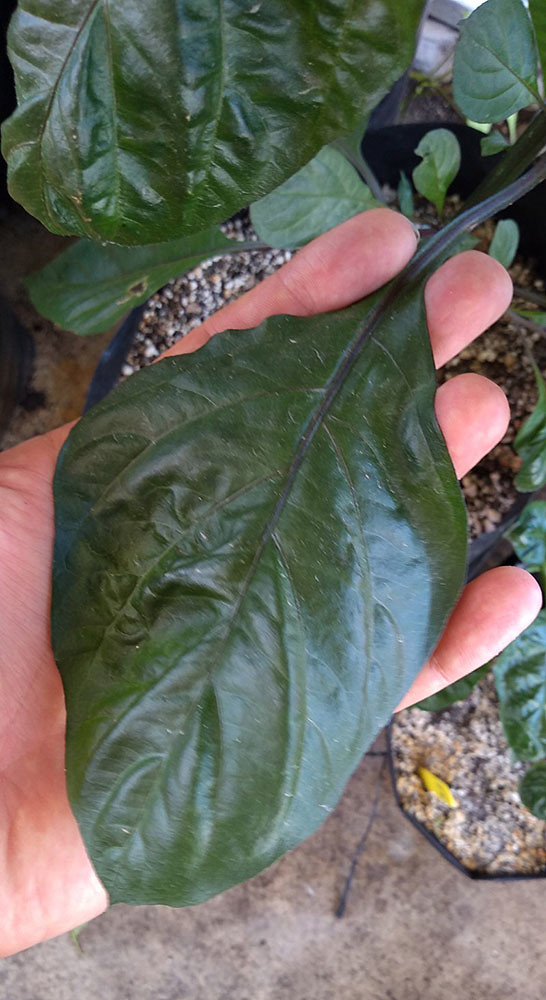
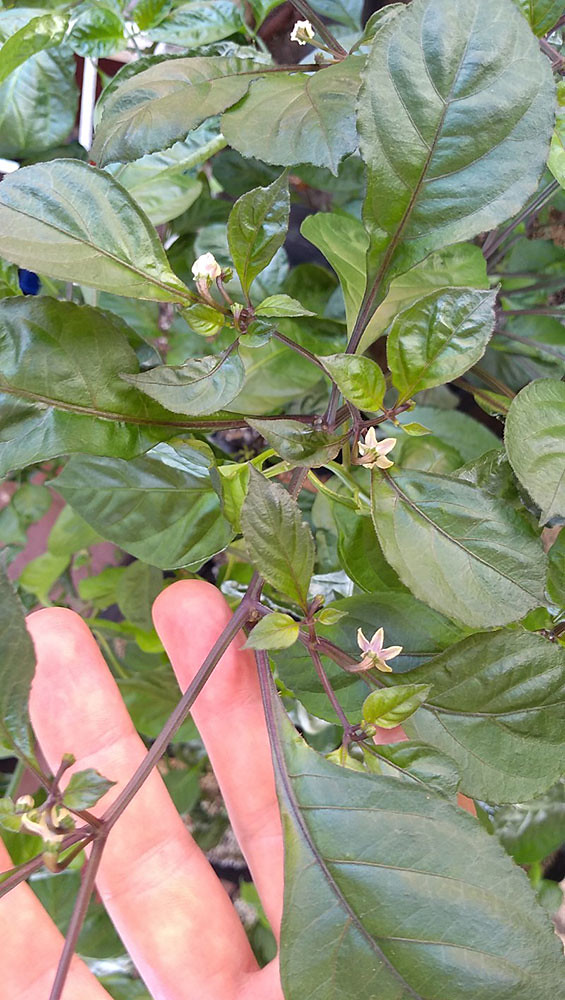
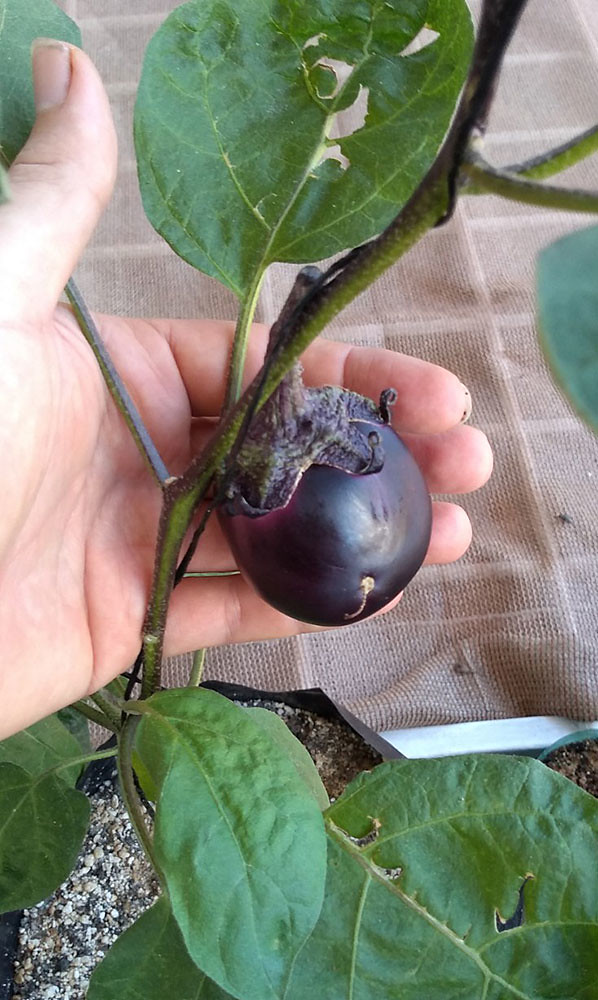
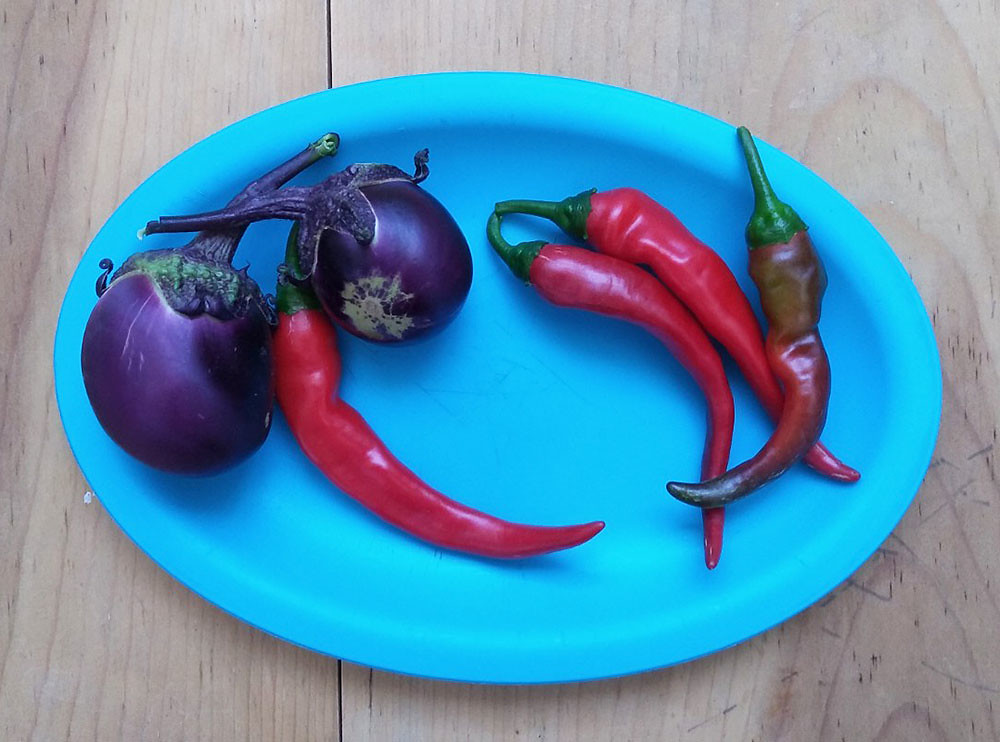
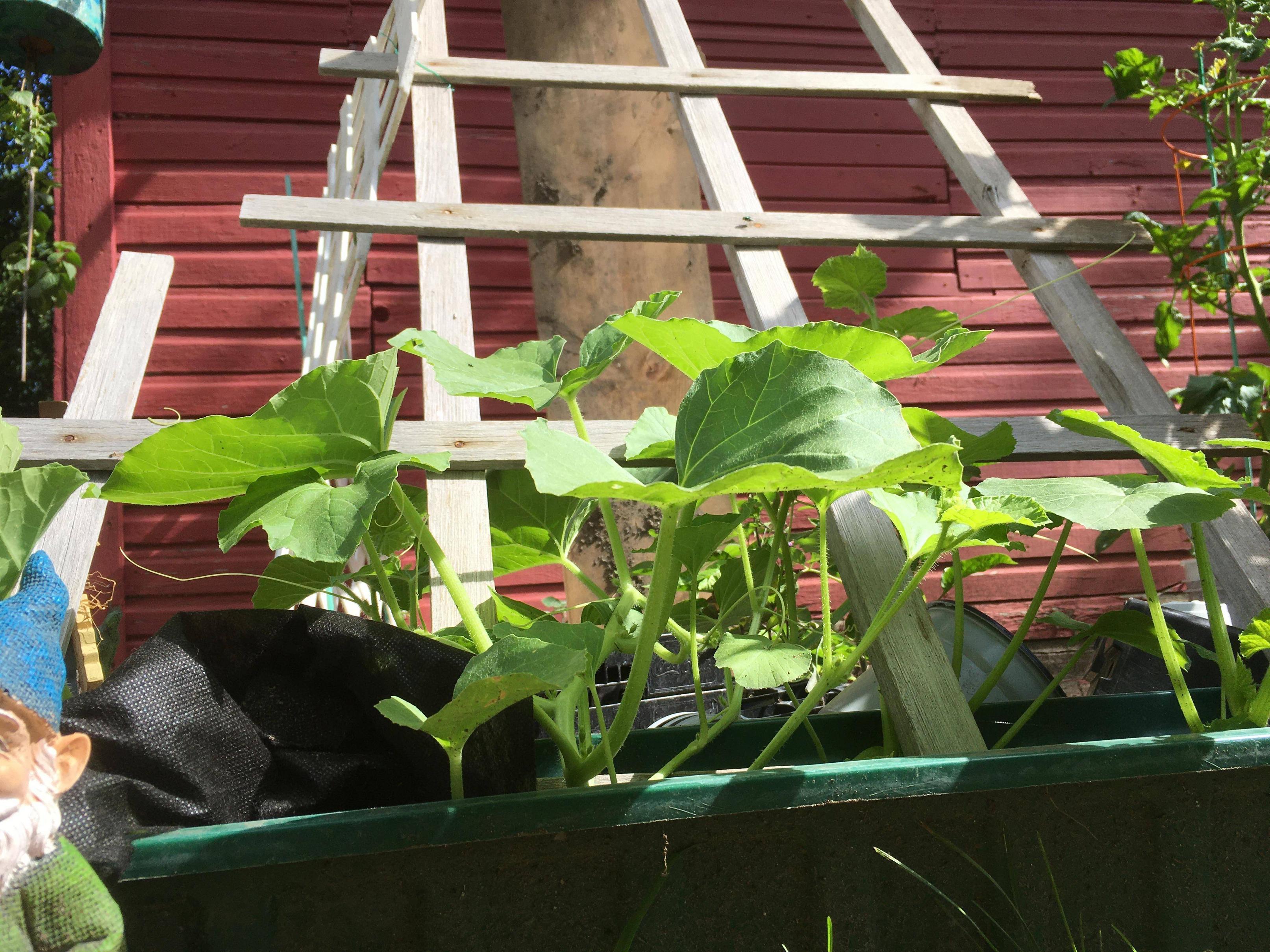
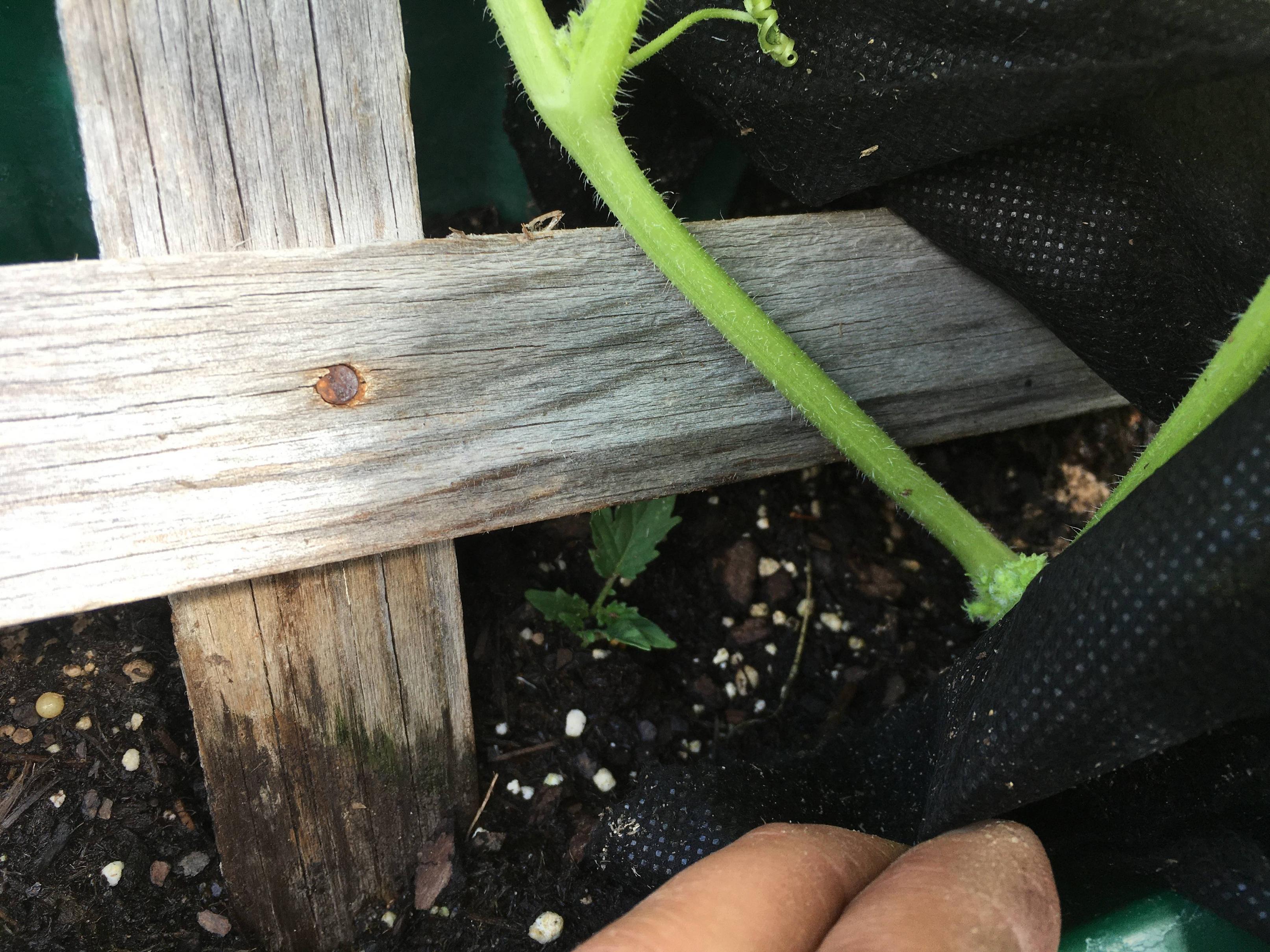
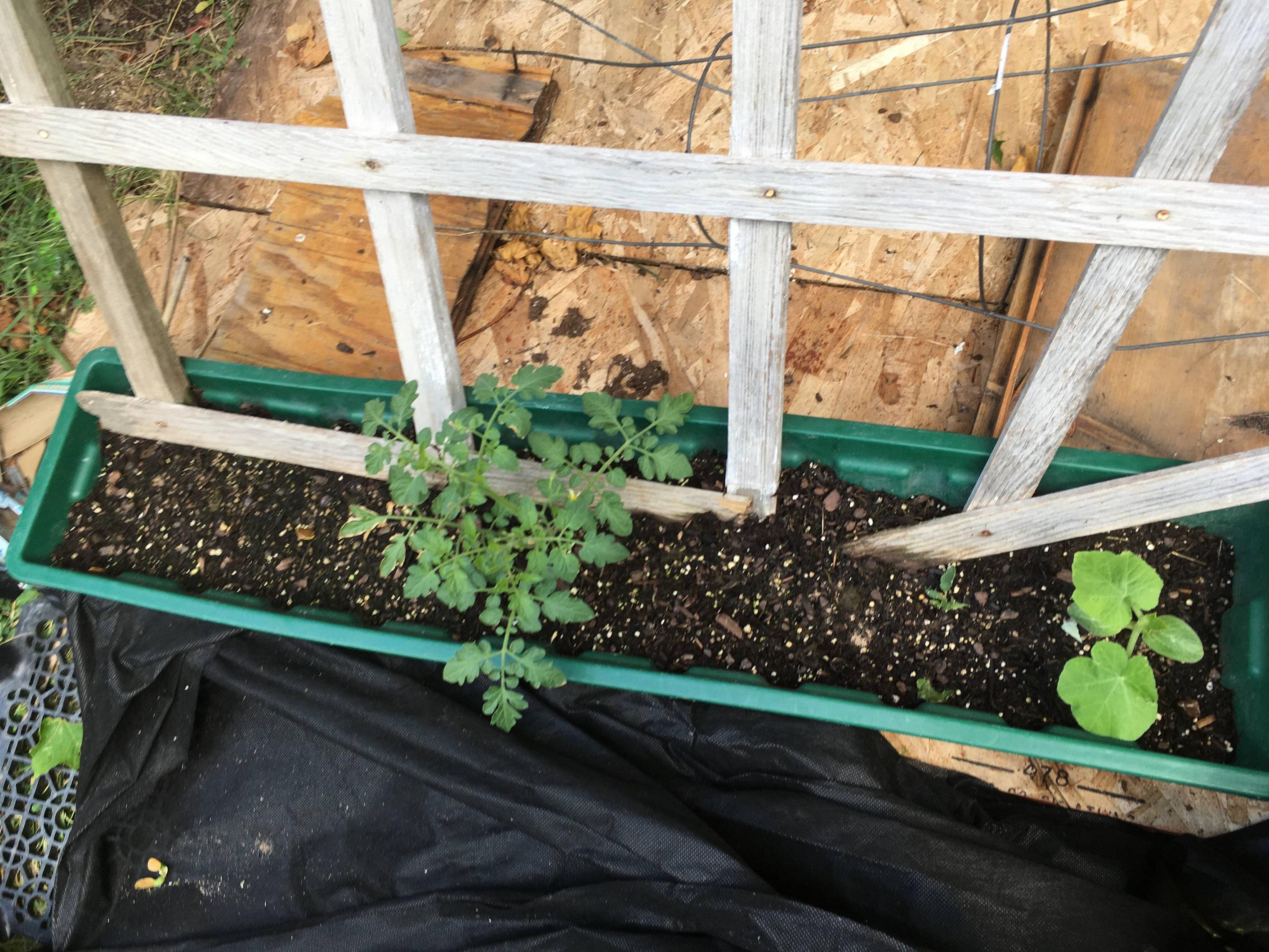
 But if you are offering seeds for trade later in the season, we might come to an agreement
But if you are offering seeds for trade later in the season, we might come to an agreement 